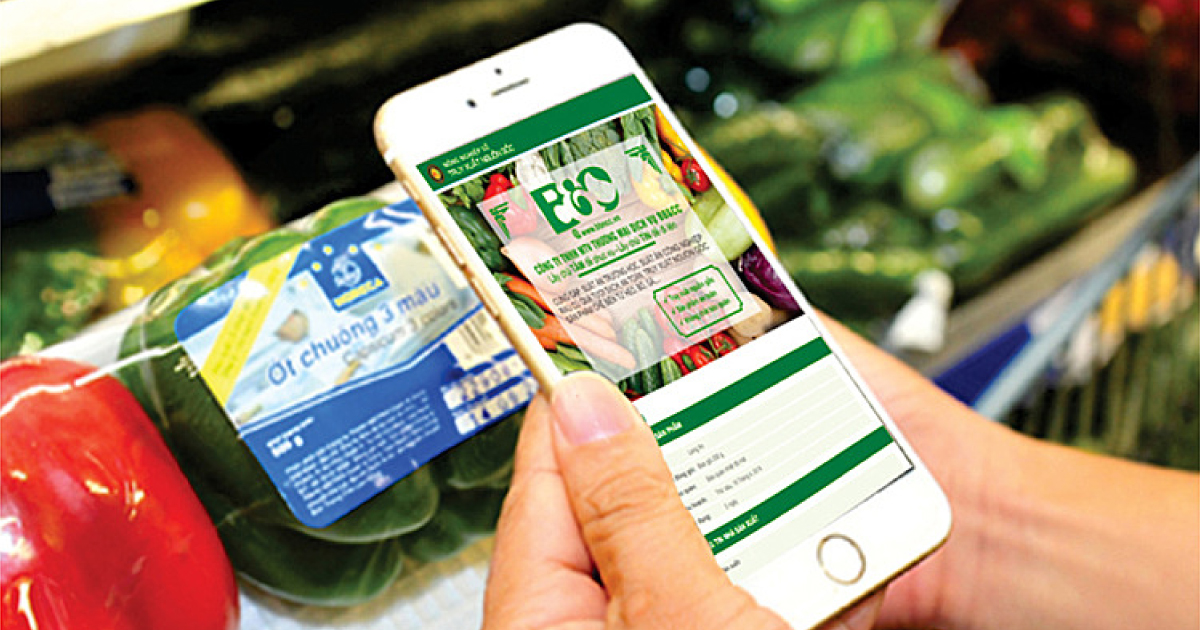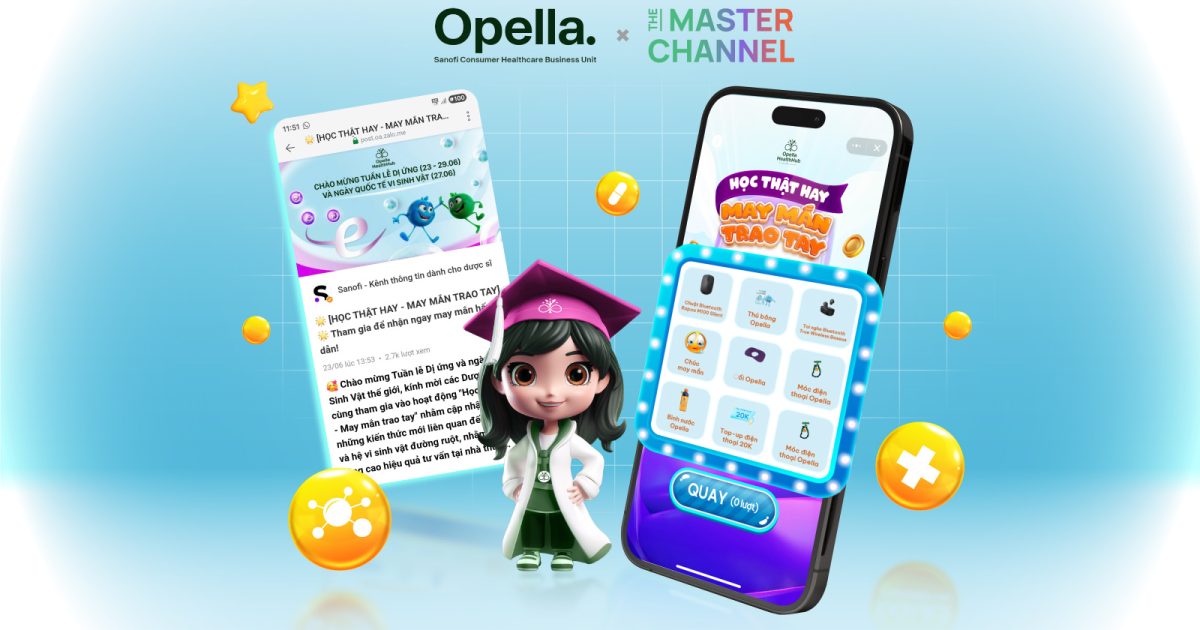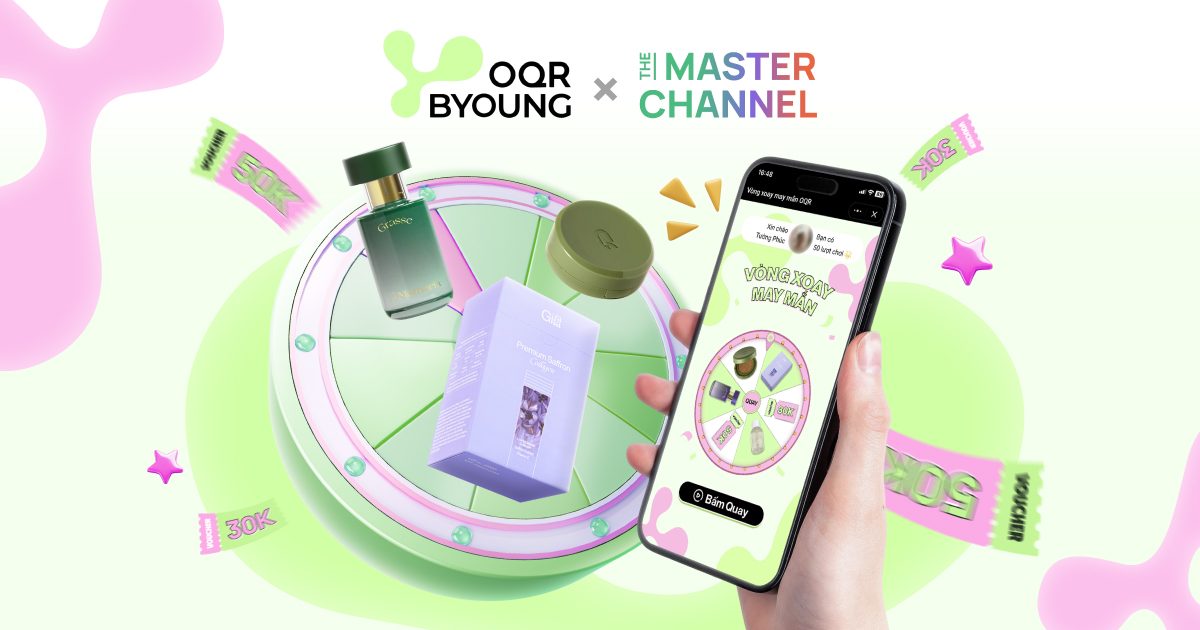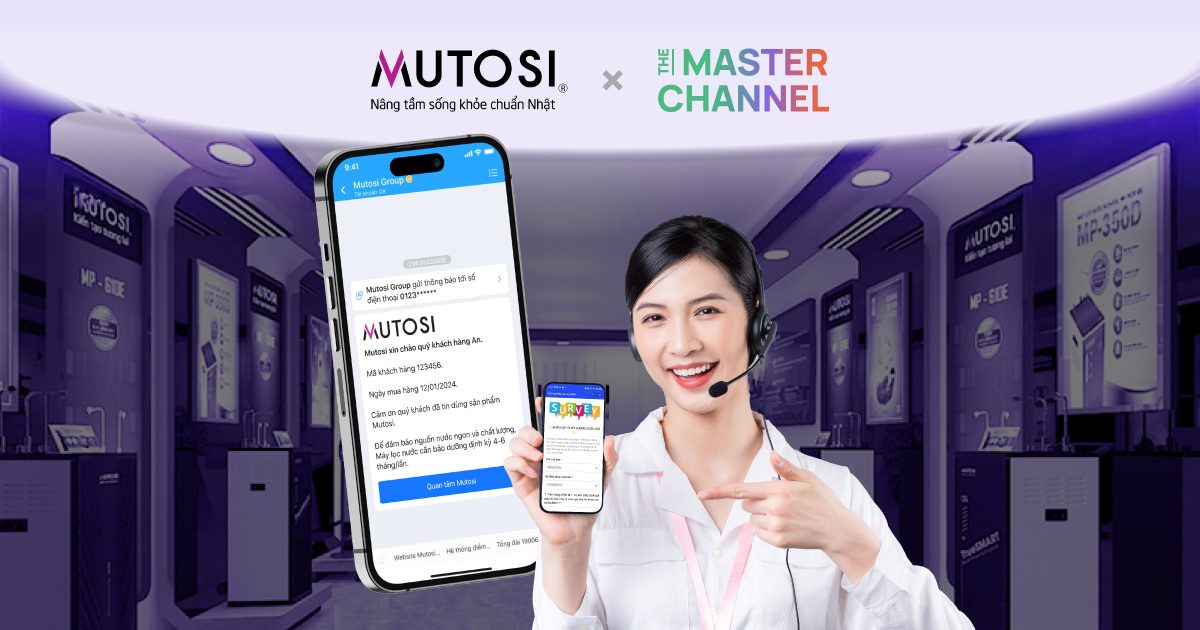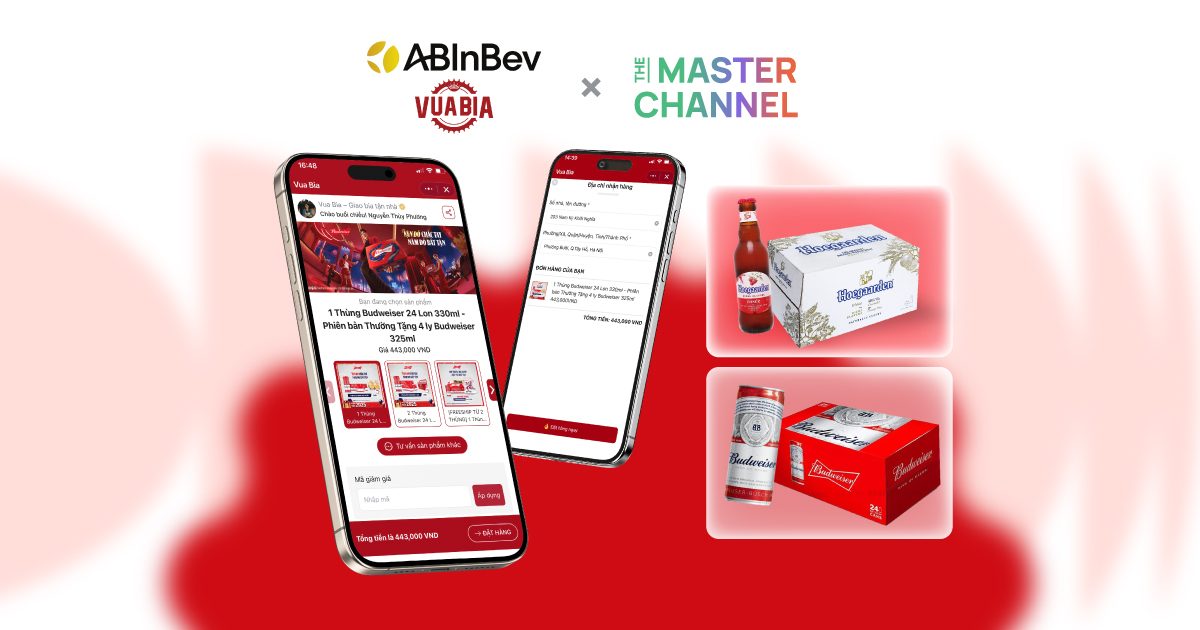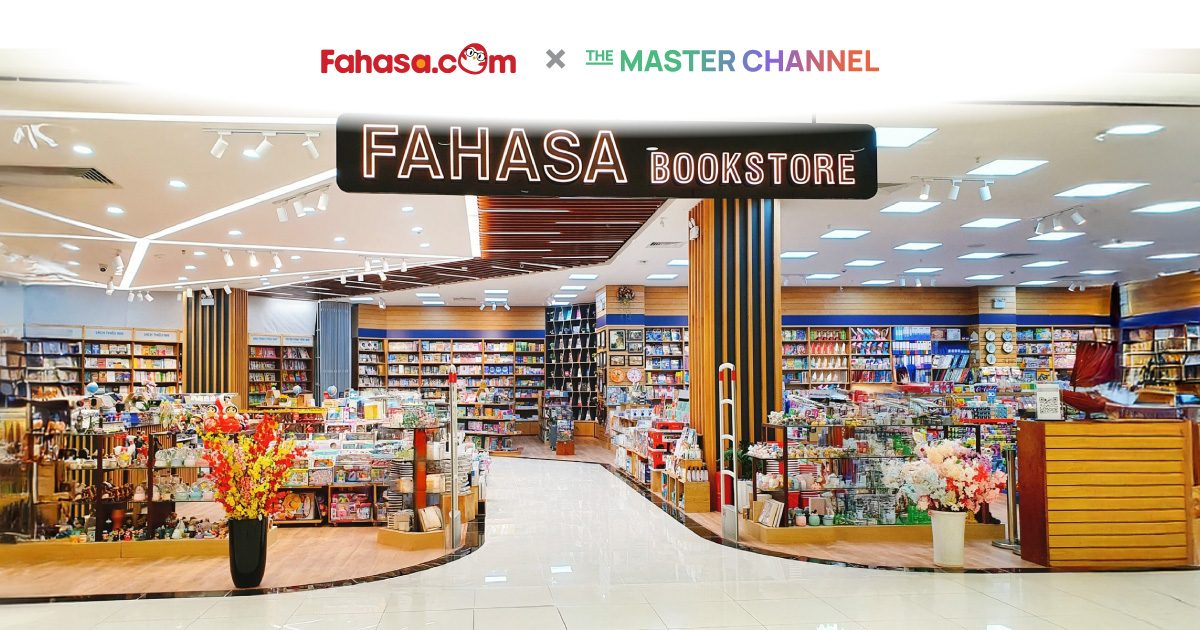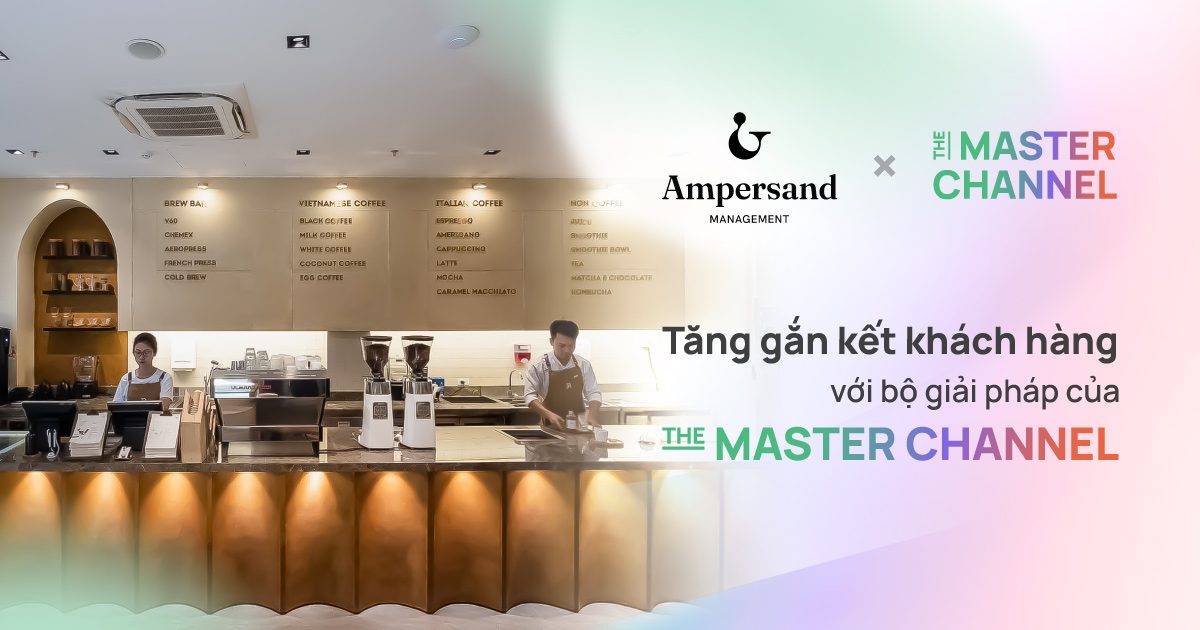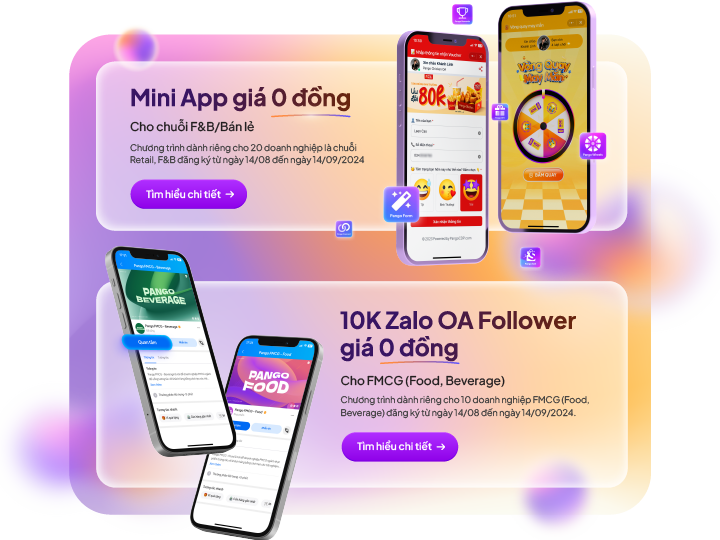Another value of QR Code is its use in traceability options for each product. ‘Each product will be uniquely identified by a code similar to the ”Id card” of the product.’
- QR Code – Kỳ 3. Sự thật về việc chống hàng giả bằng QR code
- QR Code – Kỳ 2. QR code cho sản phẩm tiêu dùng nhanh (FMCG) – khó khăn và lợi ích
- QR Code – Kì 1: QR Code và những điều cần biết
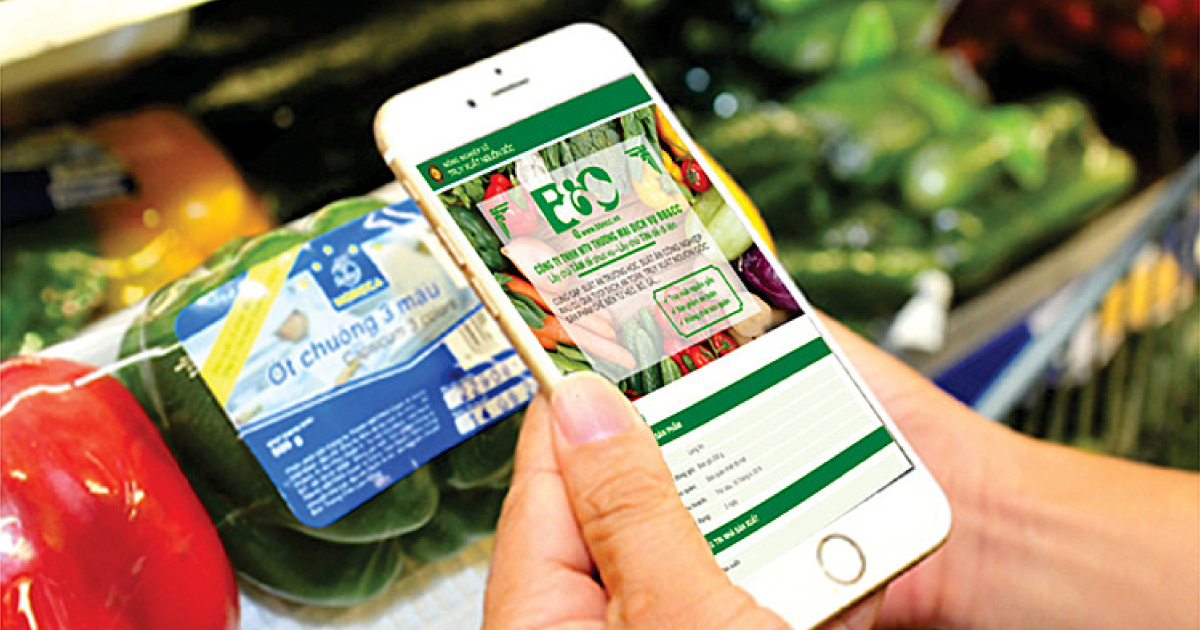
In this article, PangoCDP team offers one of the application directions of QR codes.
Apply QR code to product traceability
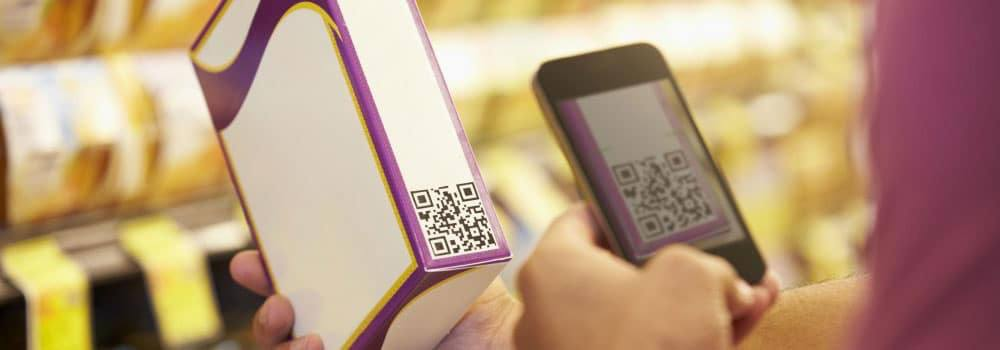
The QR code applied to the accumulation of points or winnings will be placed right next to it and covered with a silver coating. With the traceability function, the QR code needs to be printed/pasted on the product so that customers can scan it before making a purchase decision.
Another form that can also be applied is externally printed QR codes (counters, shelves,…) and users can also scan for the purpose of viewing product information. If promotions or points are applied, after scanning, the customer will open the lid and scan the QR code inside the product packaging to receive bonus points or promotions. Of course, customers have to buy to open the box to scan the code inside.
Customers who need to retrieve information can check by scanning the QR code and retrieve all information of the product, from the place of production through distribution channels to retail points.
Of course, this function is not intended to combat counterfeiting because the QR Code will be pasted directly outside so that all users can scan the code, not hidden inside the silver coating or inside the product box.
Information about the journey of the product from the factory to the consumer’s table is usually handled by a third party. This partner will work with manufacturers to provide verified information to reach consumers in the most objective way. Information about production time, production place and production conditions will of course have to be integrated to receive from the business’s operation management system.
With products related to eating food when the information directly affects health, consumers are very interested.
The fact of applying QR Code for traceability

In reality, the number of businesses applying this method is not high, primarily seen in high-end products in large cities. Products that are popular and widely consumed in rural areas have not been prioritized for this application.
One of the reasons why QR Code traceability has not been applied from manufacturers on each product is that for food products, the verification and quality assurance of goods will be the main responsibility of retailers, modern trade distribution chains such as: Coopmart, AEON, Lotte Mart,…
Instead of relying solely on traceability codes on individual products, goods appearing on the booths of these retailers will of course have to be very carefully tested to ensure absolute quality. Goods inspection processes will often be strictly applied and these distribution chains all have their own standards.
Hence, up to this point, the inclusion of QR Codes on products for traceability purposes remains largely a public relations effort and serves to instill confidence in customers.

